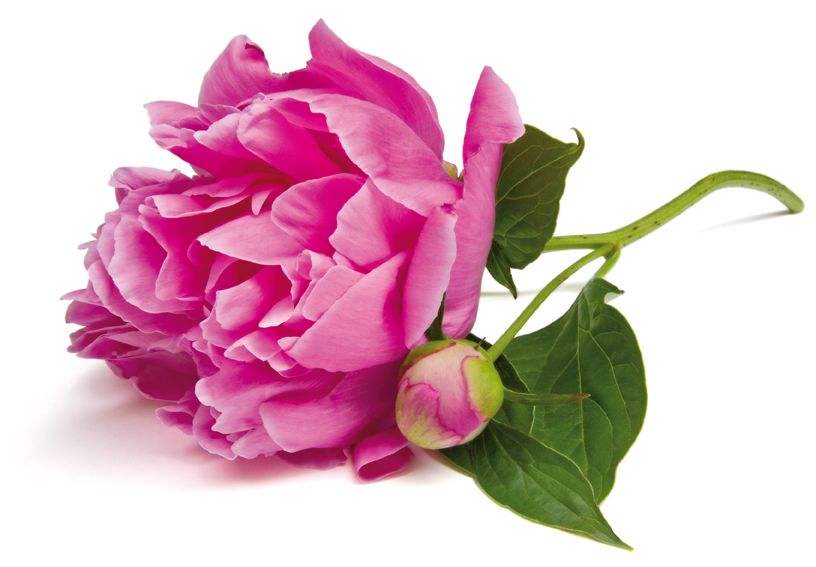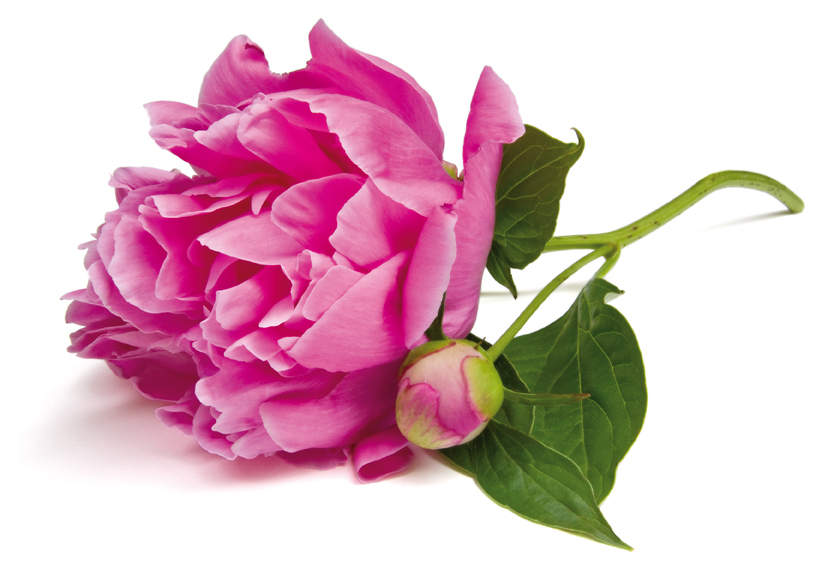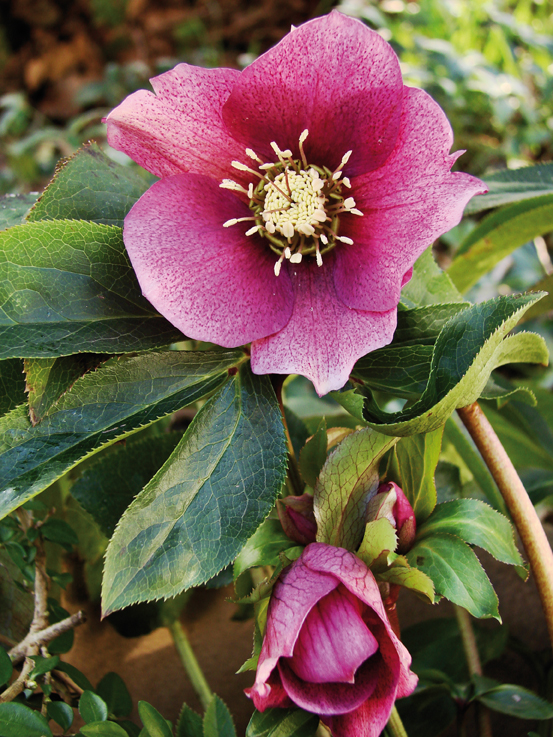Ask the Professionals: What’s your Favorite Plant?

 With spring in swing and summer on the horizon, it’s time to think about what you’re going to do to spruce up your outdoor space. We asked professionals from several local nurseries and landscaping companies to tell us about their favorite plants, since they have so much experience working with a variety of elements. Thanks to their expertise, we hope to inspire readers of Central Virginia HOME to try something new in the garden this season. Enjoy!
With spring in swing and summer on the horizon, it’s time to think about what you’re going to do to spruce up your outdoor space. We asked professionals from several local nurseries and landscaping companies to tell us about their favorite plants, since they have so much experience working with a variety of elements. Thanks to their expertise, we hope to inspire readers of Central Virginia HOME to try something new in the garden this season. Enjoy!
We’re always looking for something a little different, something unique for our clients’ properties. This applies to plants as well, so one of our favorite trees would be the Fernleaf Full-Moon Maple, also known as Acer japonicum, ‘Acontifolium.’ This alternative to the more common red Japanese maple offers green, fern-like, deeply lobed leaves in season, and striking orange-red foliage in autumn. It will do well in full sun to part shade, and its smaller size at 15 to 30 feet makes it a good selection in tight areas and close to patios and entry areas.
Laurice Jennings, Jennings Works, Inc.
 I like Helleborus, more commonly known as Lenten Rose, because it works in most any landscape and is a good ground cover. It blooms in late winter through early spring, is deer-resistant, spreads and can be divided easily. There are several colors available including white, pink, red and a greenish shade.
I like Helleborus, more commonly known as Lenten Rose, because it works in most any landscape and is a good ground cover. It blooms in late winter through early spring, is deer-resistant, spreads and can be divided easily. There are several colors available including white, pink, red and a greenish shade.
Phillip Helbling, Virginia Garden Supply
Just as the seasons change, so do my favorite plants. With new and better varieties of plants constantly being introduced, it is easy to find one to become a favorite. A new favorite perennial of mine is ‘Low Down’ Helianthus, or ‘Low Down’ willow-leaved sunflower. Just when you think all the color has been cooked out of your garden at the end of August, this fall bloomer brings life to the summer-baked garden. Plant about 18 to 24 inches apart in full sun, and expect it to grow to about 18 inches tall.
Mark Maslow, Southern Landscape Group
One of my favorite plants is muhly grass. This ornamental grass has great fall color, when the plumes turn pink. It makes a great impact when planted in clumps.
Rebecca Mahanes, Allied Design Company
My favorite tree to use is the river birch. The leaves of the river birch produce a canopy that provides plentiful shade, but is not so dense that it overpowers the landscape. It also gives you great yellow fall foliage, and its flaky, silver bark makes it attractive even through the winter when the leaves have fallen.
Trey Neighbors, A-Plus Lawncare
My favorite plant is the ice plant. I like it because it is a good, hardy ground cover that provides color all summer long. It holds up well during drought or periods of extreme heat, and also tends to be deer-resistant, which is really important in our area.
Chris Templeton, CLC Incorporated
 Choosing a favorite plant is like choosing a favorite child. However, one of my favorite plants is the purple leaf plum, a beautiful ornamental tree, approximately 15 feet by 15 feet, which has a flurry of small pink spring blossoms before the foliage. As the blooms fade, deep purple leaves appear and remain until fall. The tree is deer-resistant, drought-tolerant and has very few bugs or disease issues. The purple leaf plum makes a great plant combination with contrasting yellow or orange daylilies, white garden phlox, or Limelight coral bells. It creates a pop of color throughout the growing season and is decidedly one of my favorites.
Choosing a favorite plant is like choosing a favorite child. However, one of my favorite plants is the purple leaf plum, a beautiful ornamental tree, approximately 15 feet by 15 feet, which has a flurry of small pink spring blossoms before the foliage. As the blooms fade, deep purple leaves appear and remain until fall. The tree is deer-resistant, drought-tolerant and has very few bugs or disease issues. The purple leaf plum makes a great plant combination with contrasting yellow or orange daylilies, white garden phlox, or Limelight coral bells. It creates a pop of color throughout the growing season and is decidedly one of my favorites.
Tracey Norvelle, Allied Design Company
Hydrangeas are my favorite plants! Their qualities are many: ease of care, dependable, an excellent softener for hardscapes, and provide excellent, long-lasting cut flowers. I also love the soft colors of fading blooms. And hydrangeas come in so many varieties: climbers, mopheads, lacecaps, paniculatas, arborescens, serratas and oakleaf. Even their foliage is pretty. They work in sun and/or shade, and add a bit of old-fashioned charm to most any landscape. I love them all!
Martha Dudley, Rainfrost Nursery
If I could have one plant, either inside or outside my house, I would probably choose a white azalea—either the Delaware Valley White or Snow variety.It has beautiful large white blooms which are very clean-looking, plus it is easy to grow and easy to maintain.
Gary Garner, Gary’s Garden Center
My favorite plant of choice is winter daphne. This all-around evergreen/varigated shrub makes a perfect patio or deck accent, growing to 4 feet, forming an almost prune-free, rounded, deer-resistant specimen that radiates, in my opinion, the most exquisite blooming fragrance in late winter.
Tony Rini, 4 Seasons Landscape, Inc.
I like the Butterfly Bush because it is low-maintenance, attracts butterflies and hummingbirds and produces masses of flowers all summer into fall. It comes in multiple varieties and is available in blue, pink, red, violet, yellow and white. The shrub grows 5 to 10 feet tall and wide. Butterfly bushes grow well in shrub or perennial borders, and the fragrant flowers can be used for cutting.
Norman Tharpe, Water Garden Designs by Tharpe Landscaping
 Picking my favorite plant is very difficult for me—so many trees, shrubs and perennials to pick from! As a new plant blooms, especially in the winter or early spring, it always seems to be my favorite. In January, I see beautiful hellebore, which always brings a smile. As far as shrubs, boxwoods will always top my list for versatility, being a lush evergreen that presents very few problems, especially with the newer varieties. Laurels are a great lush evergreen for those who object to boxwoods. Gardenias are also one of my very favorites; it’s hard for any plant to compete with its wonderful fragrance and beautiful shiny foliage. Can you have too many peonies is your garden? Probably not. And then you have roses. I can hardly wait for May to arrive and bring the abundance of sweet smells and beautiful colors. In the fall and winter, the tree at the top of my list is a Sango Kaku maple, better known as a coral bark maple. The fall foliage is brilliant with yellows, oranges and reds, and the bark turns coral for the winter months. All of these plants are very low-maintenance, which includes a good pruning or thinning once a year.
Picking my favorite plant is very difficult for me—so many trees, shrubs and perennials to pick from! As a new plant blooms, especially in the winter or early spring, it always seems to be my favorite. In January, I see beautiful hellebore, which always brings a smile. As far as shrubs, boxwoods will always top my list for versatility, being a lush evergreen that presents very few problems, especially with the newer varieties. Laurels are a great lush evergreen for those who object to boxwoods. Gardenias are also one of my very favorites; it’s hard for any plant to compete with its wonderful fragrance and beautiful shiny foliage. Can you have too many peonies is your garden? Probably not. And then you have roses. I can hardly wait for May to arrive and bring the abundance of sweet smells and beautiful colors. In the fall and winter, the tree at the top of my list is a Sango Kaku maple, better known as a coral bark maple. The fall foliage is brilliant with yellows, oranges and reds, and the bark turns coral for the winter months. All of these plants are very low-maintenance, which includes a good pruning or thinning once a year.
Laura Rosser, Rosser Landscape Design






